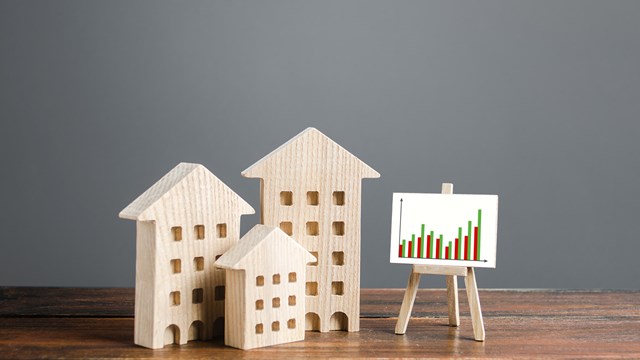According to a new Harris Poll, nearly one third of Americans are considering moving to a less densely populated area due to the coronavirus. They’re prioritizing larger apartments with enough room for home offices and access to private outdoor space more than ever before. What might that mean for New York City, long known for ‘compact’ (to put it charitably) apartments, crowded social spaces, and the often-frenetic energy that goes with that kind of lifestyle? Likely a change in design for new units going forward, and perhaps a shift to the roomier outer boroughs, where land and development costs are lower and apartments can be designed with different space allocation in mind. Developers are sure to be taking note of this.
Rethinking Space
According to pros we spoke with, developers, architects, and designers are looking at five potential areas where they might adapt new approaches to residential spaces: wellness, flexibility, hygiene, convenience, and technology. As an example of this, Adam Ginsburg, co-chairman of residential development company GDC Properties based in Hawthorne, New York, cites Townhouse on the Park, a newly-finished GDC project in Long Island City. Though this particular property is a rental, Ginsburg - whose company develops both rental and for-sale properties - notes that condos and co-ops are considering nearly all the same factors.
Interestingly, Ginsburg notes, “It’s true that many of the features Townhouse on the Park offers are highly desirable in the current environment - but the truth is these were baked into our plans before COVID-19 had infected a single human being.”
Wellness
Health and fitness are a major consideration for everyone today. With the advent of COVID-19, the traditional approach to fitness - usually a gym membership or working out in a semi-private, in-building gym - has become problematic. Townhouse on the Park has managed to side-step that to some degree by equipping each unit with a cutting-edge MIRROR home gym system. Providing in-unit fitness capability in each residence empowers individuals to control both their potential exposure to health risks and their schedules more precisely. Of course, designers and architects must consider allocation of space and usage when contemplating whether to include in-unit fitness capability development floor plans.
“Amenities like the MIRROR make a lot of sense today and are fairly easy to incorporate,” says Ginsburg. He points out that other adaptations may be more difficult to incorporate, and therefore may take more time till they are adopted as part of typical apartment design.
Flexibility & Convenience
Of course, larger spaces allow for more flexibility in a resident’s life. With the shift from office to work-at-home environments, larger, more creatively-designed apartments provide space for a home office. Most experts agree that the days of office-only employment are over. Additionally, we may see the conversion of unused or underused office space to residential uses. The open and flexible nature of modern office spaces will lend itself easily to this new kind of living space, something in between loft living and traditional apartments.
Hygiene and Technology
Another quick fix for apartments coming online now is the addition of in-unit laundry appliances. While most apartment buildings traditionally offer on-premises laundry services, in-unit laundry removes the building laundry room as a potential flashpoint for virus transmission. It also adds a level of convenience today’s buyers are seeking. As with fitness, technology is at the heart of other changes that will likely become standard as we move forward in a post-COVID world; things like keyless entry to all units, as well as video intercoms and app-based climate control, security, and countless other functions will be baseline expectations, rather than luxuries.
That being said, Ginsburg notes that in-demand features like private access, usable private outdoor space, big apartments with flexible bonus rooms and a gated community lawn will not be popping up overnight. “We live in a world where a quarter of a year is considered ‘long term,’ he says, “so it is easy to underestimate the amount of time it takes to develop something, especially recently. We set out to offer something distinct from the many thousands of new units in huge buildings, recently or soon-to-be delivered to the market. Instead, we look to meet the demands of New Yorkers seeking more space and the intimacy of a private home and benefits of private outdoor space without giving up the benefits of urban life.”
As is often the case in times of uncertainty, innovation steps forward as a means of solving a new problem. It seems the residential development industry is doing that right now.
A J Sidransky is a staff writer/reporter for The Cooperator, and a published novelist.










Leave a Comment